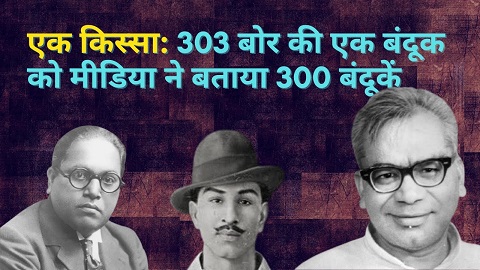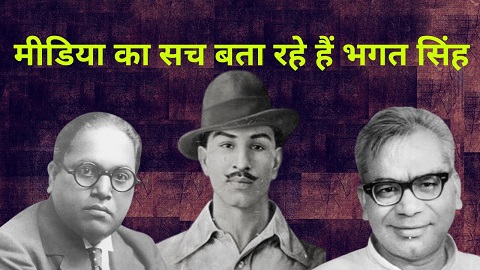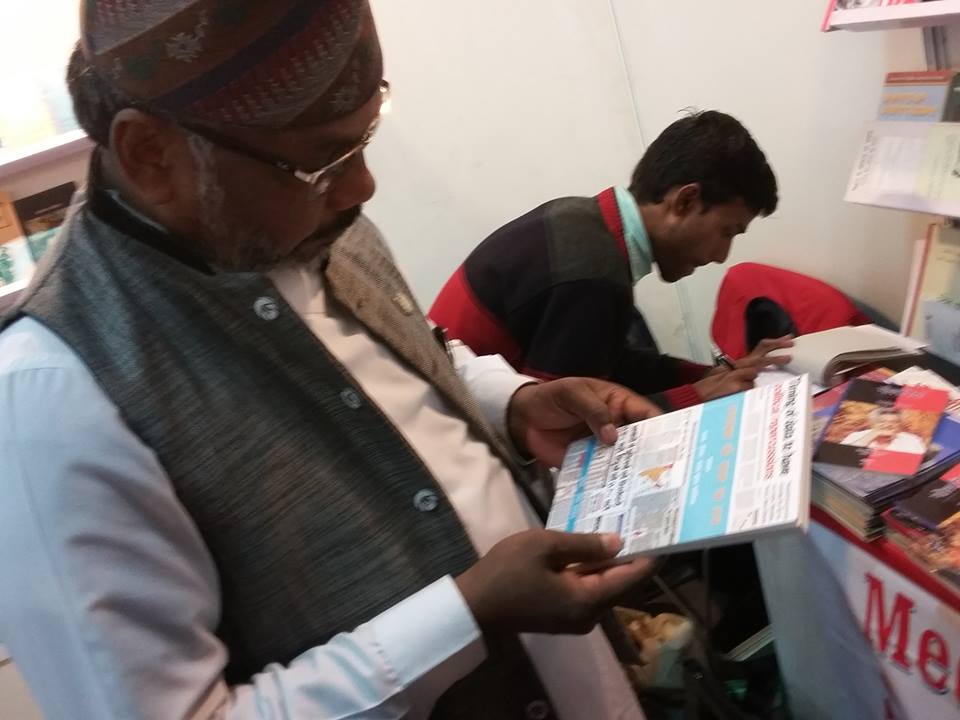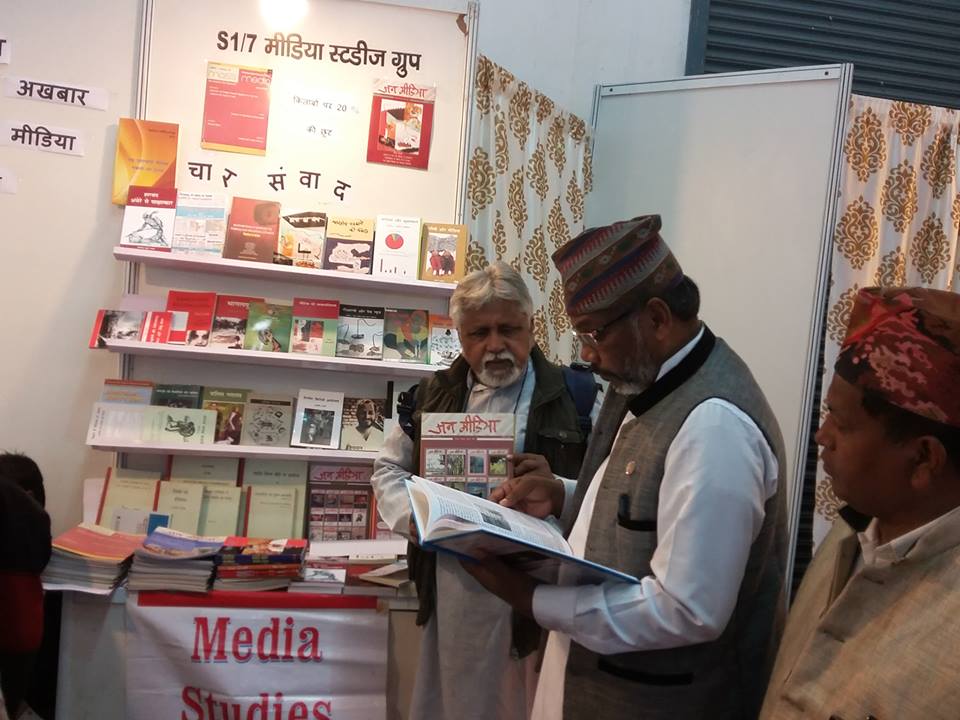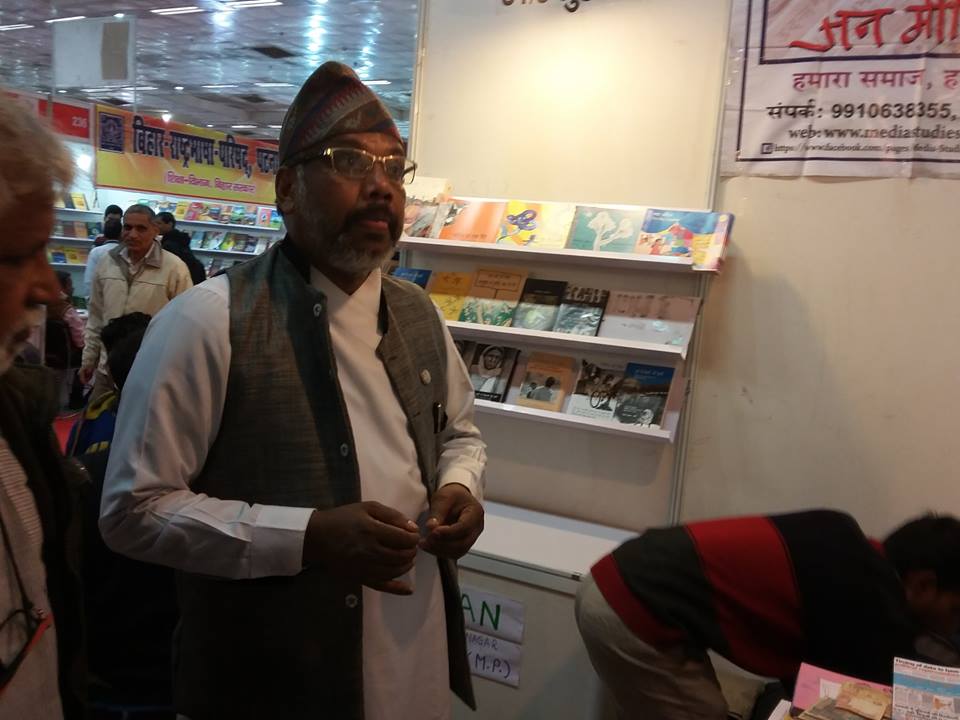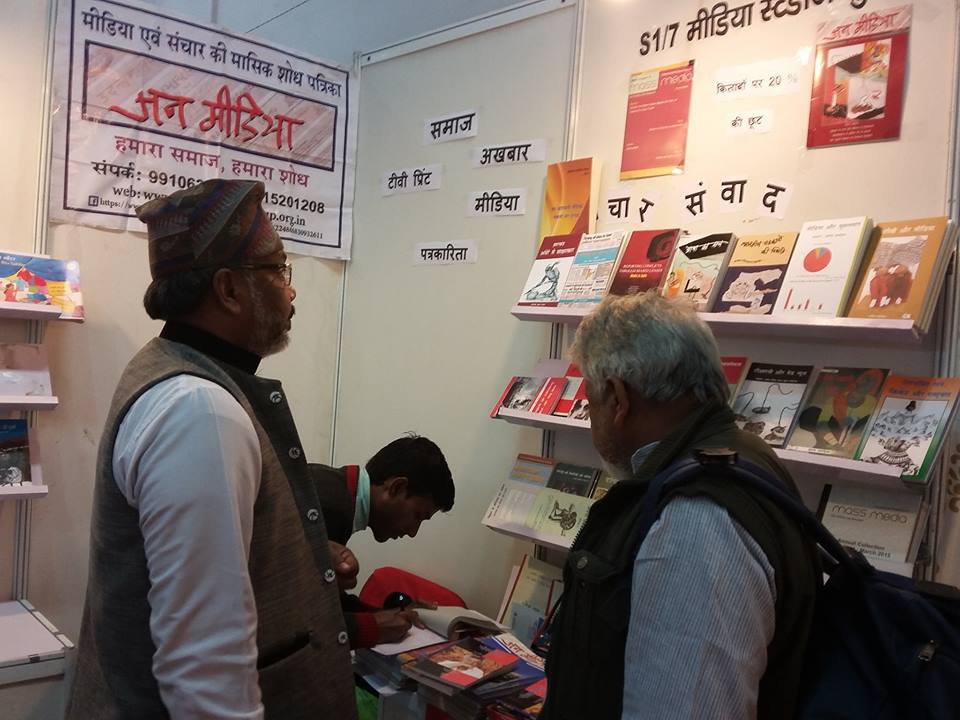By Shibaji Ray
Video gaming has been of late been imagined in the language of ‘play’ with such play being almost something ‘essential’ to it within a larger idea of deviated play where players choose their own involvements within and outside of an ‘intended’ play. While play’s critical inclinations are noteworthy, the question of how a language of play integrates or overcomes elements of the video game structuration which have been known through nomenclature such as stage, sandbox or setup is one of significance. These point to a game configuration where the notion of a gaming ‘fix’ or change is inseparable from the existence of the gamic object outside of its space – or the concept of gamification. This paper while acknowledging the myriad interventions of ‘play’ sees its perseverance within what in gaming is often called ‘broken’ – a word that can both validate the unwarranted whilst also call for game ‘updates’ to ‘alter’ or transform such brokenness. In the context of Mobile based gaming that has created its own game-like conditions elsewhere, the paper tries to locate the broken object of such gaming.
As such the paper employs the word ‘metagame’ to characterize the aspect of fix and that of update within an aesthetics of gaming. Stephanie Boluk and Patrick LeMieux look at the word in its critical leanings towards play. While they say that the metagame ‘ruptures’ a formal logic of gaming and its idealized gameplay through recourse to unanticipated materialities by those (players) that are part of the play (Boluk and Lemieux 2017, pp. 02) they do mention that a commercial form is also birthed within this terminology (Boluk and Lemieux 2017, pp. 05). The authors however maintain a separation between videogaming and metagaming (Boluk and Lemieux 2017, pp. 15) and go on to say that criticism is not too far from an involvement in making critical gameplay (Boluk and Lemieux 2017, pp. 21). Metagame here encompasses a number of practices that are embedded within the premises of a programming that traverses the digital. Within such ‘extension’, as McLuhan would call it, of the gamic ‘sensory’, the metagame (and its game) come across as a ‘suspension’ between the simulated and the artistic.
In this suspension, it crosses the threshold of game as media and into its mediated environment. ‘Broken’ can be used to think of gaming as a project existing outside of its temporal frame and of gaming temporalities within a ‘designation’ of play. The metagame then while being a part of additional media of the game such as gaming hardware also exists within a hardware that is not immediate to the ‘play’ of the game. This is an ‘image’ of gamic exposure – a form of media that perforates the media beyond the game with the ‘metagame’. As an ‘exposing’ image it advocates the logic of the metagame as much as it provides niches to counteract it with play. Hardware associated with materialities of a game such as networks of telecommunication become involved in the ‘message’ of the metagame. Since ‘metagame’ remains a quite ‘malleable’ thinking around gaming, this paper resorts to this conflict within the thought itself, problematizing it within its tendencies to reveal the limits of playfulness within networks of its gamic exposure.
Mobility today is intertwined with accessorizing. In fact, such accessorizing has re-defined the ‘mobile’ media. In the purview of what Anna Reading calls ‘wearability’ (as opposed to other forms of mobile media) that can be made ‘portable’ in a sense of an extension of the embodied self (Reading 2009, pp. 82) – wearability in such understanding creates a certain kind of interconnectedness and media ecology. The wearable is something that mitigates a ‘gap’ created by mobility itself. The mobile object is placeless and thus necessitates a form of carrying close to the person of the media or the user. It therefore bridges a gap between the message of the media and the reaches of media and exists as a ‘display’ in the sense of a gaming interface. It is thus complicit in a mobile metagaming. Situating the smartphone and its gaming in this scenario, one can try to consider such a ‘mobile gaming’ that co-exists in an environment of extended gaming media. In light of the Videogame Industry’s shift to mobile phones as a preferred medium for release of their titles, the extended environment ‘showcases’ workings (of and) within the metagame.
Within descriptions of the videogame, the place of the human or player in gaming scholarship is often thought of within an inertia, something that often posits the former as an ‘immutable’ plethora of media ‘playable’ or already in play, devoid of human intrusions in its existence. Such approaches see the game within relations that require a hierarchy of things different from one derived from material practices. Ian Bogost for example in his inter-objective view sees such circumstances in his iteration of ontography. For Bogost a view of the gamic object would be something akin to a register of such things or a list that refuses a classification (Bogost, pp. 38). Bogost’s list is a containment of things at odds with each other and he does not see them as a sequential ordering of a resolution but just a registration of things while saying that such ‘lists’ are a language in themselves, possibly preceding the latter (Bogost 2012, pp. 40). On one hand this sense of ‘listing’ finds some association with Liam Cole Young noting of the list as a form of organization of data at the screen as in a scenario of media logistics (Young 2017, pp. 128).
On the other hand, the idea of an ordering as an interface is also prevalent in inclinations of not seeing differences between the player of the game and the computer-as-player. Claus Pias sees an interface forming through an un-humanization in a ‘format’ that mediates between the human and non-human (Pias 2011, pp. 166). He compares this form of segregating to bureaucratic processes of ordering saying that an impartial interface intercepts a signal with a similar response (Pias 2011, pp. 167) and is within his conception of a game as a self-capable ‘loop’ ‘awaiting’ a (human) signal (Pias 2011, pp. 166). In both Bogost and Pias’s views the interface or game’s organization seems to have a need to separate the player from the inter-workings of the screen either by looking at an inhuman inter-weaving of objects or by responding to the user-player which creates the player of the ‘game’ itself. These thoughts around gaming do not seem to consider the media paraphernalia that are connected to the device and are part of the metagame or in other words – how the metagame complicates the interface of the game.
In both cases we see that it is human intervention at the screen and not elsewhere that is resultant of what gets shown on the screen or the metagame. One also finds similarities with the metagame in the ‘ludic’ language of play. Mary Flanagan places such language of play in contemporary art and media and the way game and its art have influenced the propagation and dissemination of creative media (Flanagan, pp. 249). She particularly notes new media and its art as being significant to circulation of these forms in popular culture. Such media however include inter-connections that add to the creation of a ‘game-o-sphere’ that abstracts playful intervention into the organization of game aesthetics rather than playful gaming. Here the emphasis is on how inter-connected media point towards a ‘meaningful’ playing of the game more than ‘breaking’ the game in an unruly way. The broken is put together through the nature of update that a ludic language has to ‘encompass’, as a call for ‘update’ cannot be separated from aesthetic differentiation, re-configuration and thus its aesthetization.
An aesthetics of ‘update’ is an ever-present feature of gaming as much of gamification of things. Art then becomes crucial to an understanding of videogames and brings up the question of a relation between game and art. One of the ways to comprehend this is Ossi Naukkarinen’s notion of ‘artification’. Naukkarinen uses it as way to understand aesthetic changes within form that makes it more art-like (Naukkarinen, 2012) more importantly saying that this does not turn the form necessarily into art. He says that this transition is possible through an imagination that has traditionally separated art in a sense of art exceptionalism or its distinct object and mentions the related possibility of adding of non-art to it which manoeuvres the object towards forms associated with ‘art’ (Naukkarinen, 2012). As a conceptual tool, his notion of such ‘artified’ forms which hold art as apriori, also needs the non-art as something that art can change through aesthetization (Naukkarinen, 2012) and importantly for its connections to videogaming, Naukkarinen says that it brings with it a need to ‘artify’ media and processes of mediation (Naukkarinen, 2012).
In mobile gaming ‘updating’ is synchronized into installing and upgrades of game software, something that is prescribed for a smooth functioning of the game. In absence of such updates the game will ‘break’ often showing its elements within boxes and frames that are pre-requisite of gaming art. The game will often ‘load’ slowly and its viewing distances will be unaligned to the user of the interface exposing the ‘floating’ nature of gamic elements and their art. But updates show something else too – the coming together of the ‘newness’ that is the aesthetic promise of a gaming update and the artified object. In many video games, artified media such as items that players can use in and through the game, ‘appear’ only upon update often seen in the logic of a ‘login’. But mobile gaming takes this a step further – sometimes the media may just be shown for the time being and be available upon a future login and the player is made aware of such opportunity through ‘peeking’ at the artified media that will become a gaming implement in a near temporal moment of update.
The ‘metagame’ then as a term situates this aesthetization which is different from traditional media publicity. In mobile gaming practices such as ‘unlocking’ or ‘grinding’ – terms which are associated with obtaining the object of update through gameplay encompass the metagame. The space of the interface becomes synonymous with impending updates and the artified forms that will inhabit them. Fixing the broken game ensues a constant manifestation of the ‘artified’ at the screen. In some cases, it does not stop there – the interface of the metagame communicates outside of the mobile or accessorial media of the metagame in an extended form of publicity. As a study, this paper considers the Indian Mobile game – Battlegrounds India abbreviated as BGMI and published by the South Korean company Krafton as case to look into the conceptualization of metagame. BGMI is a version of PUBG (Player Unknown’s Battlegrounds) Mobile that is in itself a mobile version of the PUBG original game made for gameplay on computing platforms.
Previously PUBG had ‘announced’ its Global Invitational, 2018 as an initiative through game graphics using posters and billboards found ‘within’ its sandbox levels. In India, BGMI’s metagame builds around accessorial media that brings together an interface of the game through reduction of transmedial gaps. Within audio-visual content that includes a web series and cinematic trailers for game events, Krafton attempts to create a metaverse of media forms that can translate to each other an artification of game elements. The updates are then not limited to the mobile device but to inter-connected media of the game. Mobile device is part of a publicity that is intertextual with messages found in Metro Rail transit in India’s Capital Delhi that inform about its updates as evidenced in one of its latest videos out on Krafton’s E-sports YouTube channel simply called ‘BGMI Loading’ that shows an old media – an out of date Television set showing a montage of BGMI fans on which graphics that represents ‘loading’ superimposes itself. Its updates are thus indicative of an artification that pervade its media.
This is most witnessed in its ‘Wear your cred’ campaign’s series of videos hosted on the BGMI YouTube channel that asks players to get their pass – an unlocking of features and thereby update the game. Its ‘Get your Royal Pass Now’ video produces a transitional space that references the game in its recreation. People fall to the ground similar to character death in the game while the protagonist ‘loots’ items like players do in-game while the video transitions to graphics reminiscent of the home screen towards the end. The campaign reminds players outside of the game that an update awaits them in the game if they use in-game features, among which are graphical ‘skins’ that players can use to change the look of their character asking them not to look ‘default’. While the metagame promotes an artification through the graphical creation of game ‘items’ in the form of in-game apparel which while looking like clothing function like armor that is mostly unlocked through play, in the form of skin it introduces a form of apparel that does not a have a ‘function’ in gameplay and is solely a ‘cosmetic’.
The way in which obtaining such cosmetics bear resemblances to unlockable graphical content within an achievement system at the home screen seamlessly lies within an ‘updating’ and ‘becoming’ of the game and its upcoming milestones that players try to achieve. Broken games are an unfinished object of videogaming and graphical ‘updates’ provide ways to extend the game and its gameplay temporally through artified game media that give the game’s players new ‘intentions’ to engage with the game. Mobile gaming’s being bugged and in need of continual remedies is then as much a need of updating the game as is the metagame creative and aesthetic invention of ‘gameplay’. What needs to be seen in mobile gaming then is if a form of aesthetic ‘play’ can overcome this gameplay and whether the artified objects in game find novelties or associations that are unintended in metagaming. If accessorial media such as phones are to be the most proximal interface encountered in a metagame then such play holds significance for the embodied player and their temporal associations with gaming art.
References
Bateman, C. (2011). Imaginary games. John Hunt Publishing.
Bogost, I. (2012). Alien phenomenology, or, what it’s like to be a thing. U of Minnesota Press.
Boluk, S., & LeMieux, P. (2017). Metagaming: Playing, competing, spectating, cheating, trading, making, and breaking videogames (Vol. 53). U of Minnesota Press.
Fuchs, C., & Sandoval, M. (Eds.). (2014). Critique, social media and the information society. New York: Routledge.
Huhtamo, E., & Parikka, J. (Eds.). (2011). Media archaeology: Approaches, applications, and implications. Univ of California Press.
Naukkarinen, O. (2012). Variations on artification. Contemporary Aesthetics (Journal Archive), (4), 2.
Walz, S. P., & Deterding, S. (Eds.). (2015). The gameful world: Approaches, issues, applications. Mit Press.
Young, L. (2017). List cultures: Knowledge and poetics from Mesopotamia to BuzzFeed (p. 193). Amsterdam University Press.
* Shibaji Ray is a Research Scholar at the Centre for Media Studies, Jawaharlal Nehru University, New Delhi.


